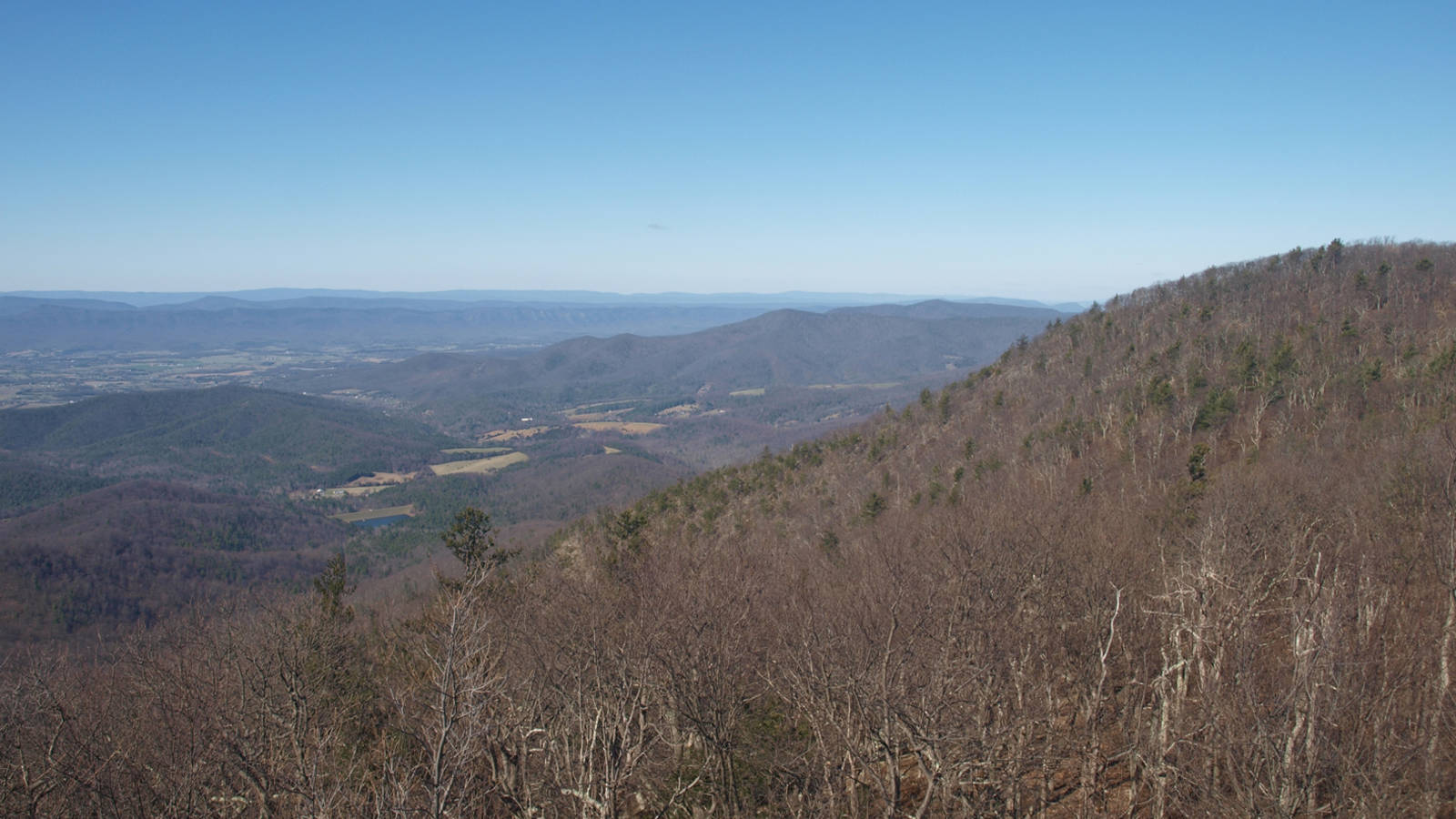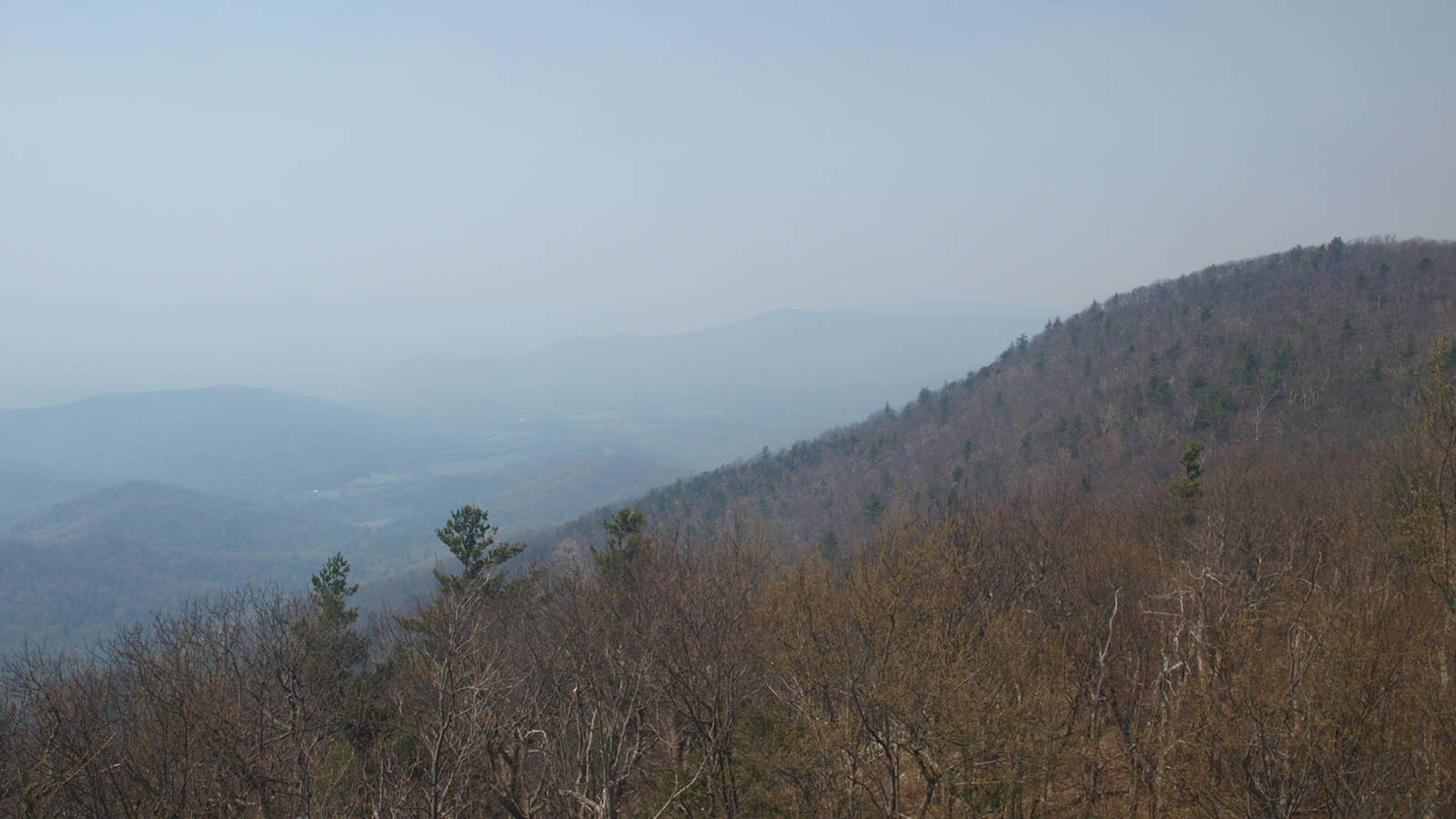Case Study
Shenandoah National Park


Clear Solutions for Parks
Millions of people visit U.S. national parks and wilderness areas each year to see some of the most awe-inspiring views in the world. Visitors imagine national parks as having the…
See more ›At least, they can on a good day. For decades, air pollution has caused serious problems for Shenandoah National Park. On bad days, haze dims skies, ruining iconic views. Worse, air pollution threatens public health in the area, particularly for people suffering from asthma, other breathing difficulties or heart disease.
Air pollution like haze rarely originates in national parks. It can travel hundreds of miles from its source and can move across state lines. Air pollution in Shenandoah at any given time can be attributed to a mix of polluters within Virginia, as well as the larger region. In fact, more than 35 industrial facilities in Pennsylvania affect the air quality and visibility in 22 protected national parks and wilderness areas (termed “Class I areas”) in the United States, including Shenandoah.
Over the past two decades, advocates have made significant progress confronting air pollution’s harmful effects in the Mid-Atlantic region. The federal Clean Air Act requires the air in Shenandoah and other Class I areas to be clean and clear. Leveraging these protections for national parks, NPCA has led multiple campaigns that resulted in the closure of coal-fired and gas-fired power plants in Ohio, Pennsylvania, Virginia and West Virginia, reducing pollution that harmed Shenandoah and nearby communities.


It’s time to build on this progress. State officials across the country, including in Virginia, Maryland, West Virginia and Pennsylvania, are drafting new plans to reduce haze, and they can require dirty coal plants and oil and gas operations in these states to shut down — or use best available technology to reduce emissions. The plans also can require other industrial facilities like pulp and paper mills, and cement and chemical manufacturers to install pollution control devices that would significantly decrease pollution and help protect parks and communities. Strong safeguards also would help to speed up the transition to cleaner energy, combat the climate crisis, and ensure that people across the Mid-Atlantic region can breathe cleaner air.
*Rankings and data points above are based on emissions from different industrial sectors, which utilizes data from EPA’s 2017 National Emissions Inventory (NEI) and EPA’s 2019 Air Markets Data Program (AMPD) for power plants. For more information, please visit the Sources of Visibility Impairing Pollution interactive map or contact Daniel Orozco at dorozco@npca.org.
Make a tax-deductible gift today to provide a brighter future for our national parks and the millions of Americans who enjoy them.
Donate Now


